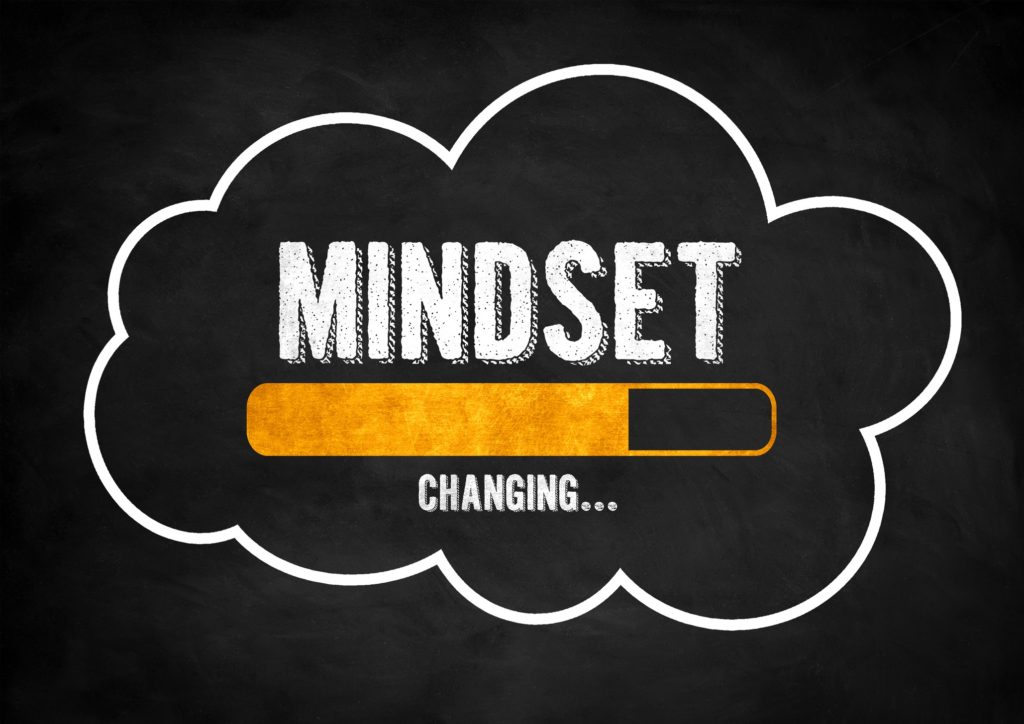Have you ever wondered why you keep repeating a specific behavior or why you experience feelings the way you do? If so, I am here to shed some light on this by explaining the relationship between thoughts, feelings and behaviors. This is also known as Cognitive Behavioral Therapy – simplified.
 First, let’s define these terms. Thoughts are ideas, attitudes or perception about things. They are creative and have energy. Basically, if you can imagine something, you can make it happen. Think about art work, furniture, inventions, etc. These all started with an idea or concept.
First, let’s define these terms. Thoughts are ideas, attitudes or perception about things. They are creative and have energy. Basically, if you can imagine something, you can make it happen. Think about art work, furniture, inventions, etc. These all started with an idea or concept.
Feelings are emotions such as happy, sad, mad, frustrated, surprised, anxious, etc. They can be experienced in varying degrees of intensity and usually have a physical sensation attached. For instance, people will describe anxiety as having butterflies in their stomach. If someone is angry they may feel tightness in their chest. Feelings are something we all experience and it is important that they be expressed. And, there is no such thing as a “bad” feeling. Feelings are needed because they serve a purpose.
Behaviors are simply the actions we take. We choose how we are going to behave. Behavior can be classified as right or wrong, healthy or unhealthy, appropriate or inappropriate.
The Connection
Our thoughts create our feelings and our feelings drive our behavior. Let’s take a simple example. If I like being outside near water and enjoy swimming, the thought of going to a pool makes me feel happy. These thoughts and feelings are going to lead me to plan activities that include swimming. However, if the thought of being near water scares my friend, she will avoid swimming. The same experience (swimming) viewed differently by each of us (thoughts) causes different emotions (happiness or scared) which leads to different behaviors (going to the pool or not). Neither one of us is right or wrong. We simply have differing ideas about what is fun (or not)!
If you find you keep making the same decision over and over again, take some time to ask yourself what are you feeling. Identify the emotion. If you are angry, slow down and pay attention to what you are saying to yourself. What is your self-talk? What are you thinking about the people in that situation? What are your beliefs? What are your values? Once you can recognize your thoughts, you can determine if those thoughts are realistic. Perhaps your thought is exaggerated or clouded by past experiences. Try changing your thought to be more objective, more evidence-based. Chances are when you change your thoughts, even a little, it will impact your emotion. That impact may simply be to reduce the intensity of the emotion. For some people this may be enough of a change to impact the choices they make.
There is a saying that insanity is doing the same thing over and over again and expecting a different result. Insanity may not be the best word choice but it does make the point that continuing a certain behavior and expecting a different outcome will definitely lead to frustration and unhappiness! Challenge yourself to be more aware of what you are telling yourself. You might find that you do have the power to change behavior simply by adjusting what you think. Give it a try and let me know what happens!
